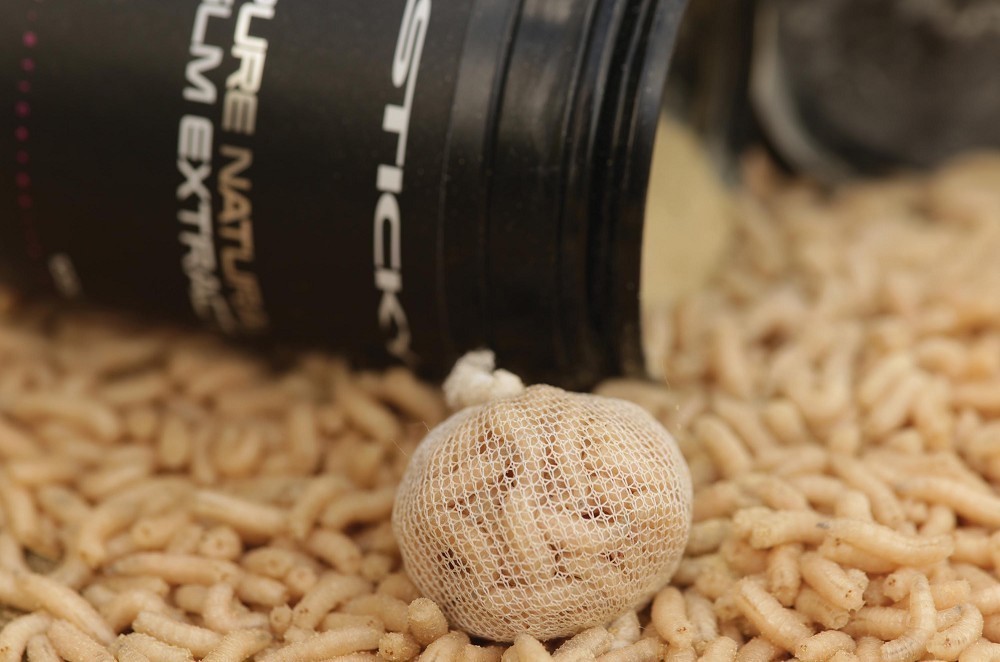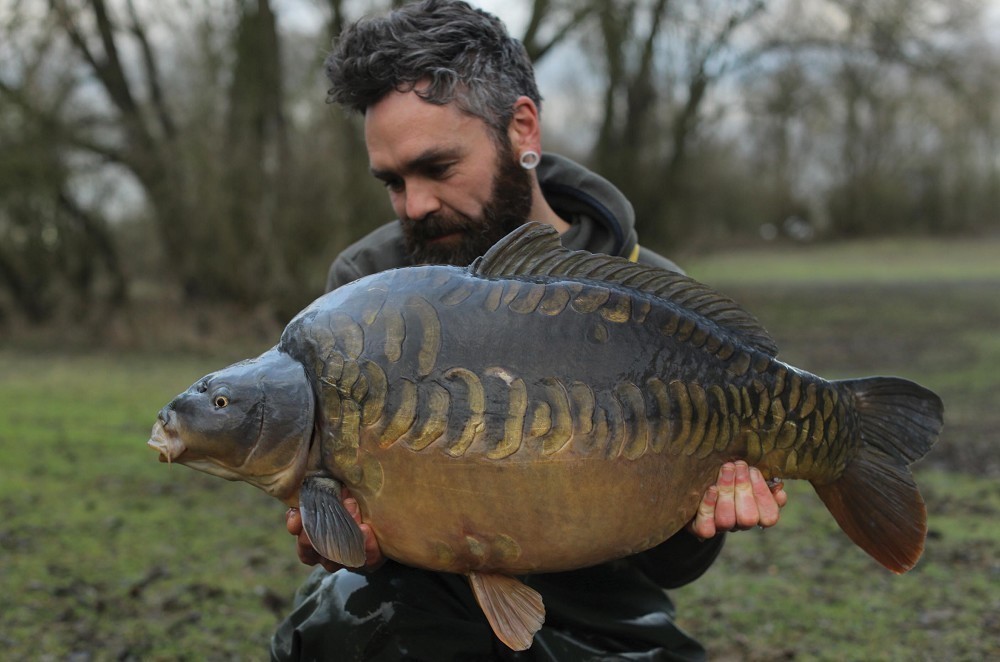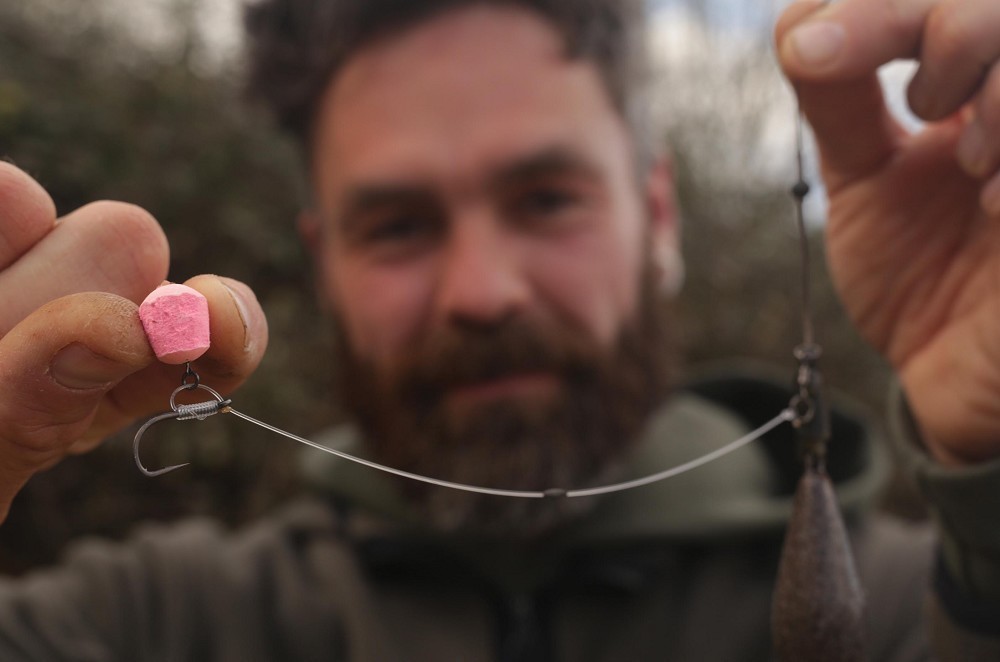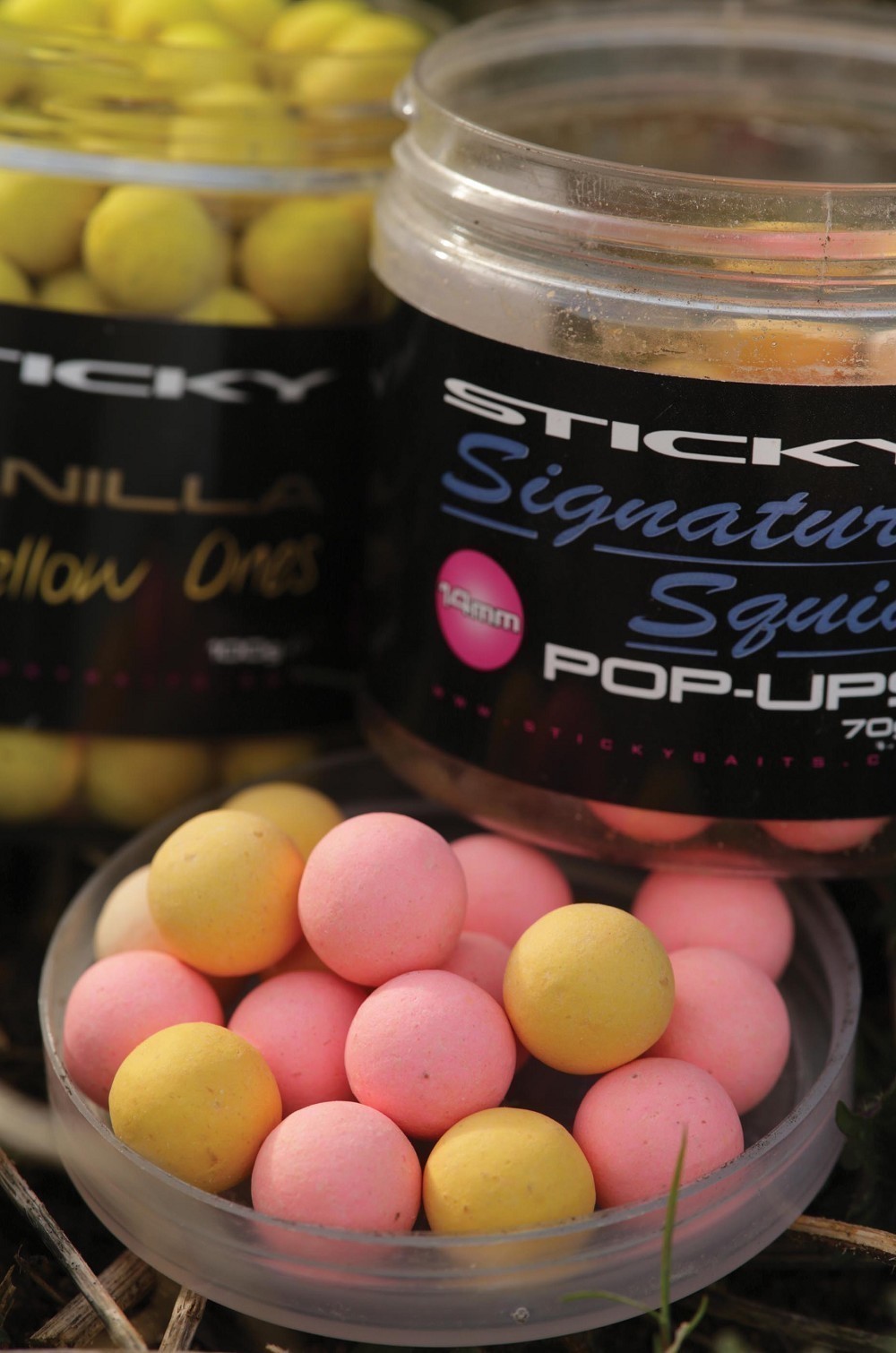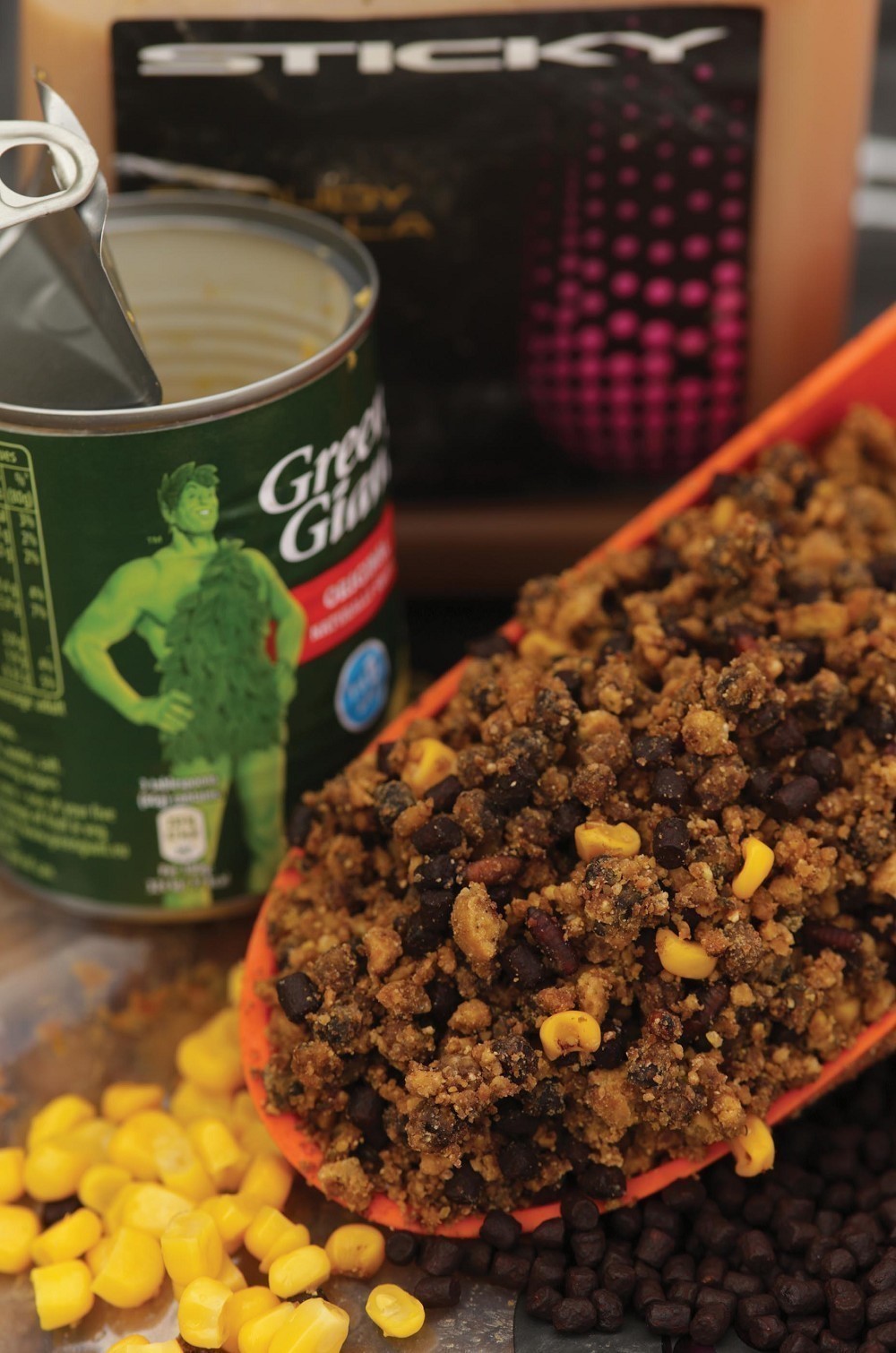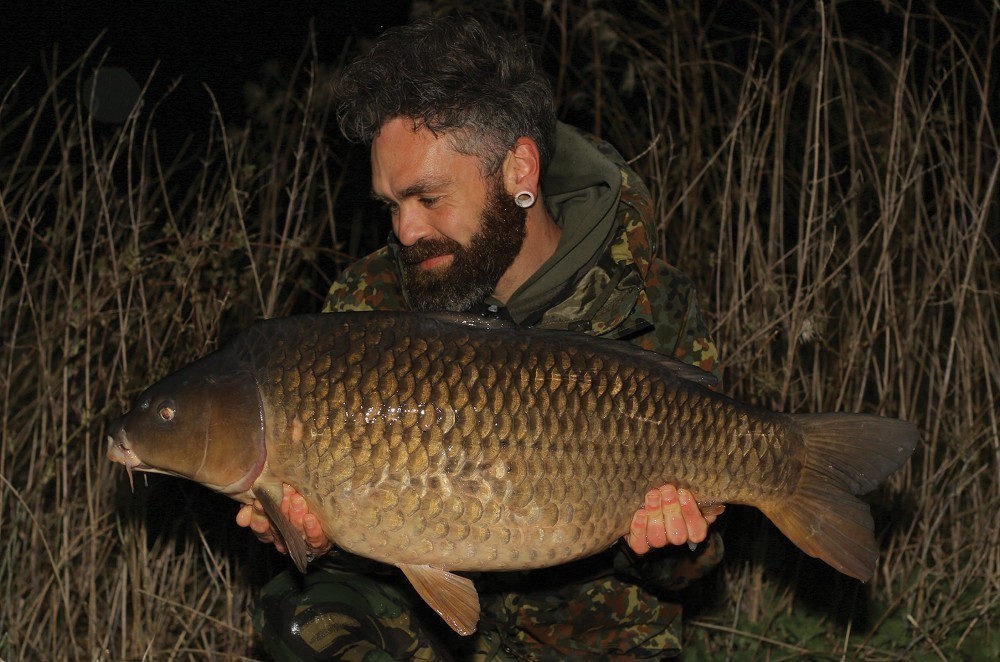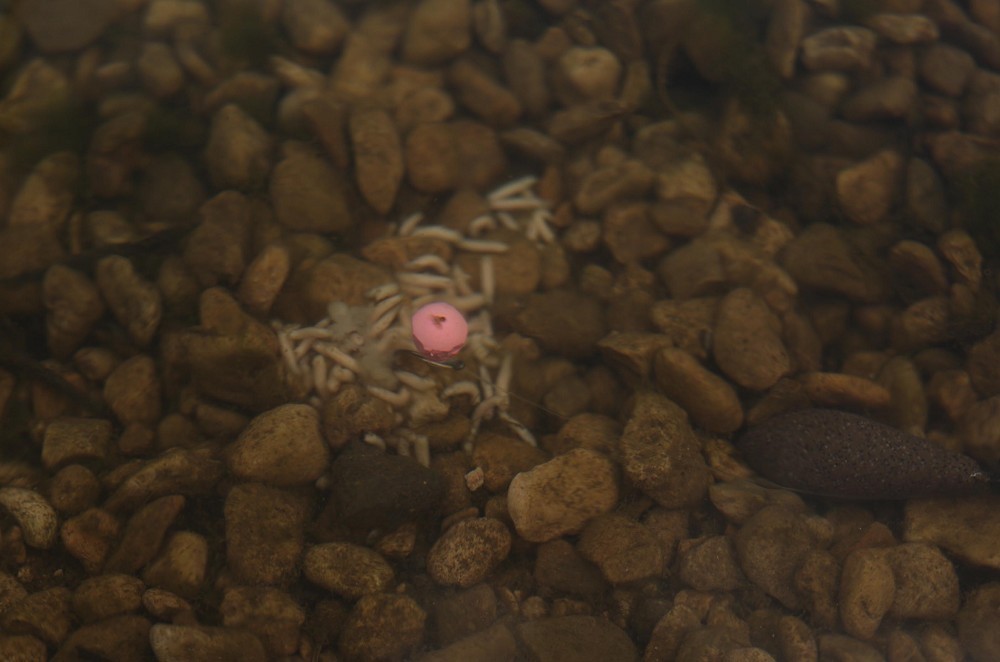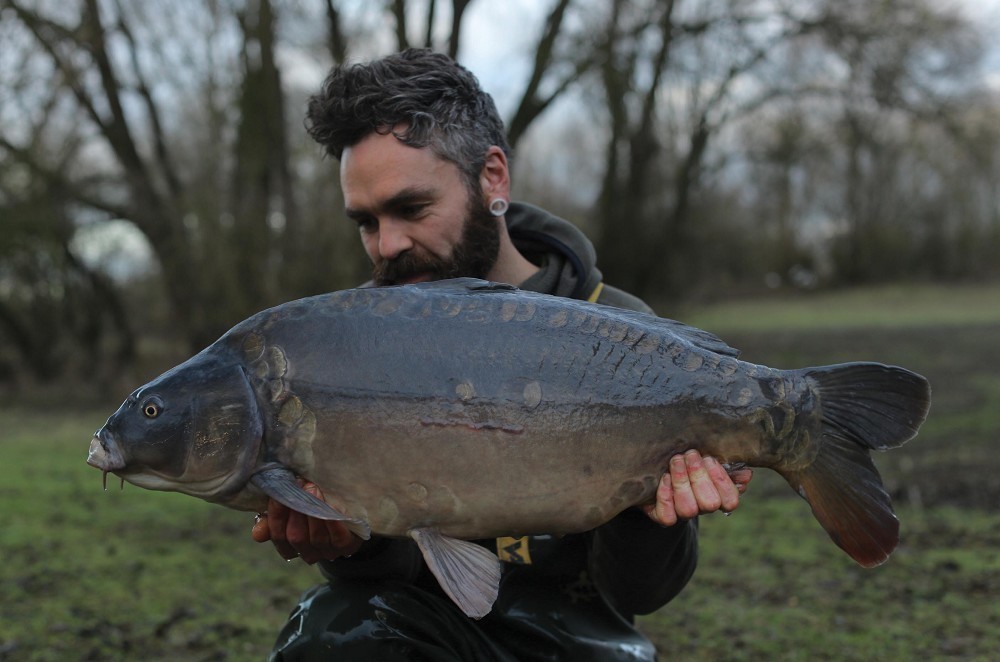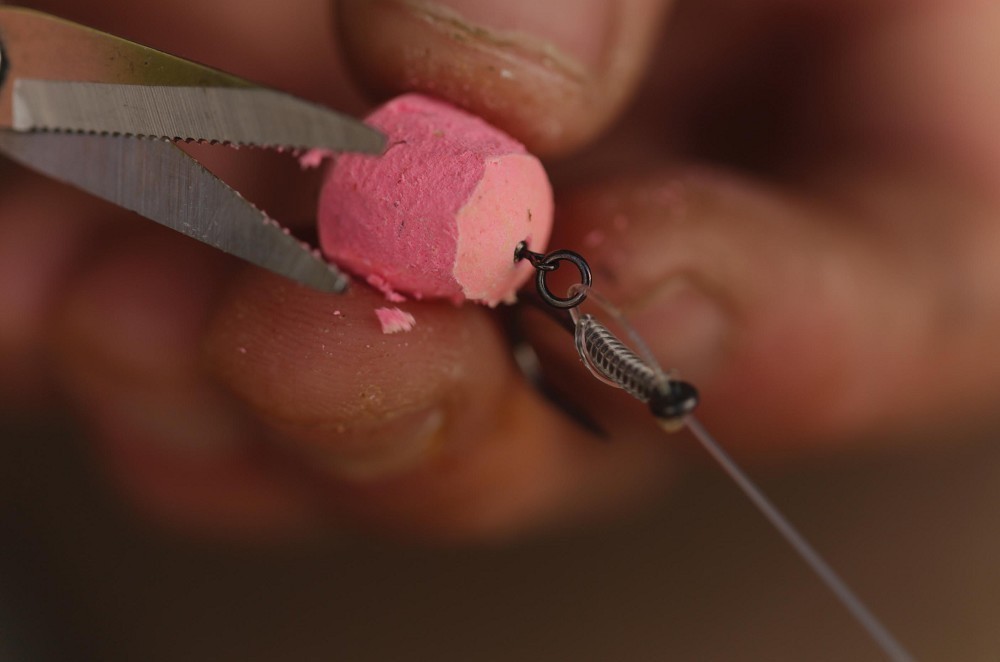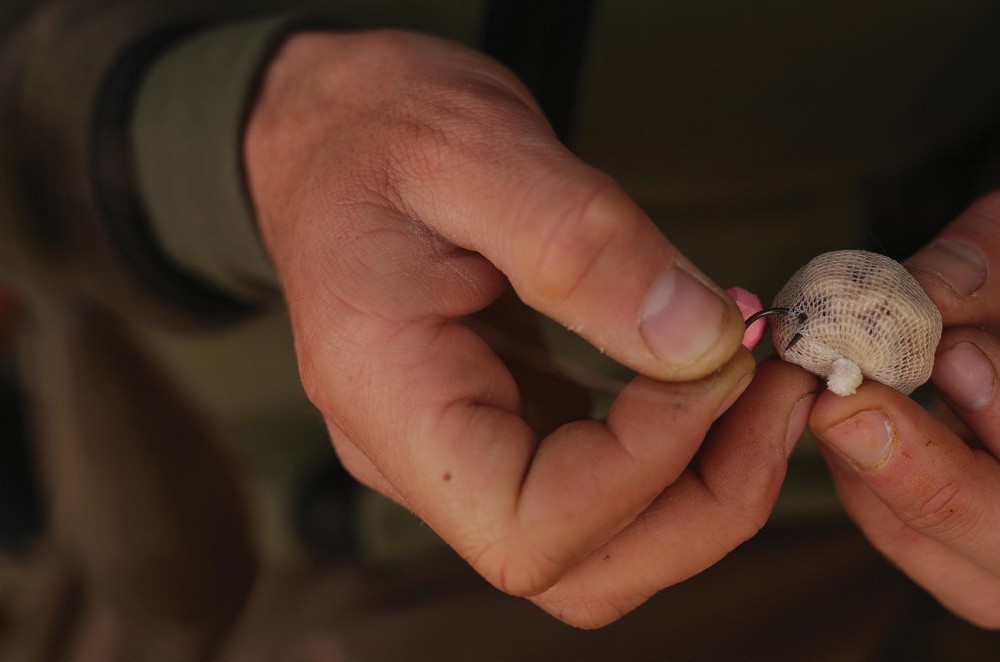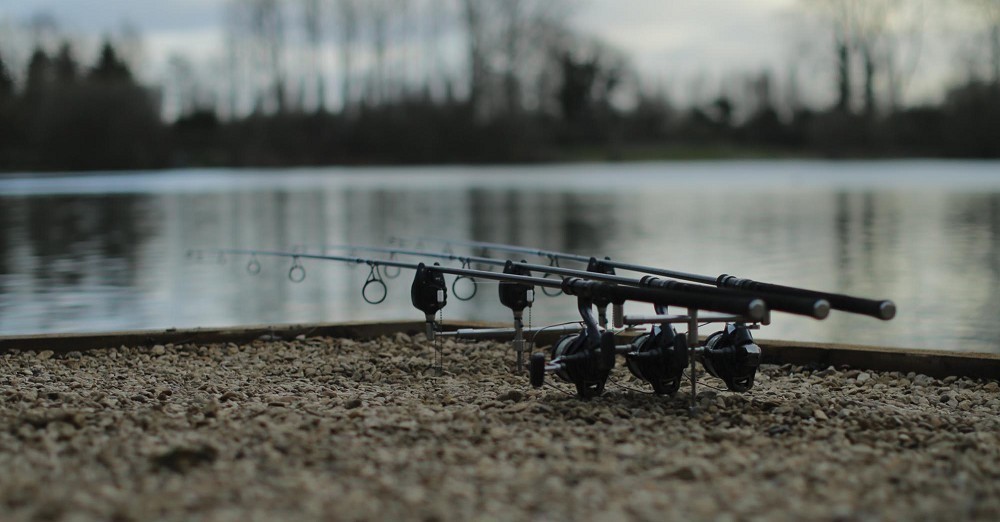
How to approach Linear's St Johns
Your guide to succeeding on one of the UK's busiest day ticket venues...
1. Approach
UK day ticket waters see anything and everything in terms of baits, rigs and approaches, so I’ve always felt you need to pull out all the stops and work even harder than usual to be consistent on them. I still base my approaches on the same limited range of tried and trusted baits and rigs, but with a few little tweaks and refinements.
Rather than opting to spod syrup-laced concoctions, or for baiting approaches based on high levels of chemical flavours and attractants, I much prefer to keep things pure and natural: thick, uncut amino and hydrolysate-based liquids and top-notch foodbaits. Also, well-prepared seed and nut mixes, and highly attractive, but much underused natural attractors like salt and GLM (Green Lipped Mussel) have always out-fished and done better for me than the quick-hit baits and tactics.
As well as refining my approach in terms of bait, I also like to do the same with my spots and tactics. Rather than looking for the big, blatant and obvious spots, I’ll look to fish to the edges of areas, or spots that are out of most guys’ range, right up against weedbeds, or even look for tiny spots amongst the weed the many might miss. On lots of waters there are the obvious marks everyone fishes to - ‘18 wraps at the big tree’ - but if you take your time to pinpoint different areas, you can reap the rewards.
Flourocarbon main line, mega-slack lines and keeping everything as minimal as possible are always advantageous on waters where many anglers can be a bit ‘blatant’.
2. Rigs
I have only a small repertoire of highly trusted rigs and one of my favourites for use on heavily pressured day ticket-type waters is the Amnesia D-Rig. I favour this for a few reasons, one being that it’s an ideal presentation to fish over a mix of bits and tiny particles - often what I’m using on these waters. The rig works best in a short five- to seven-inch length, and the inherent stiffness in the Amnesia means that the carp only has to move a matter of inches for it to come into contact with the lead. I often think that they realise their error before then and bolt when they find they have an awkward, stiff hooklink in their mouth that they struggle to deal with. Nailed!
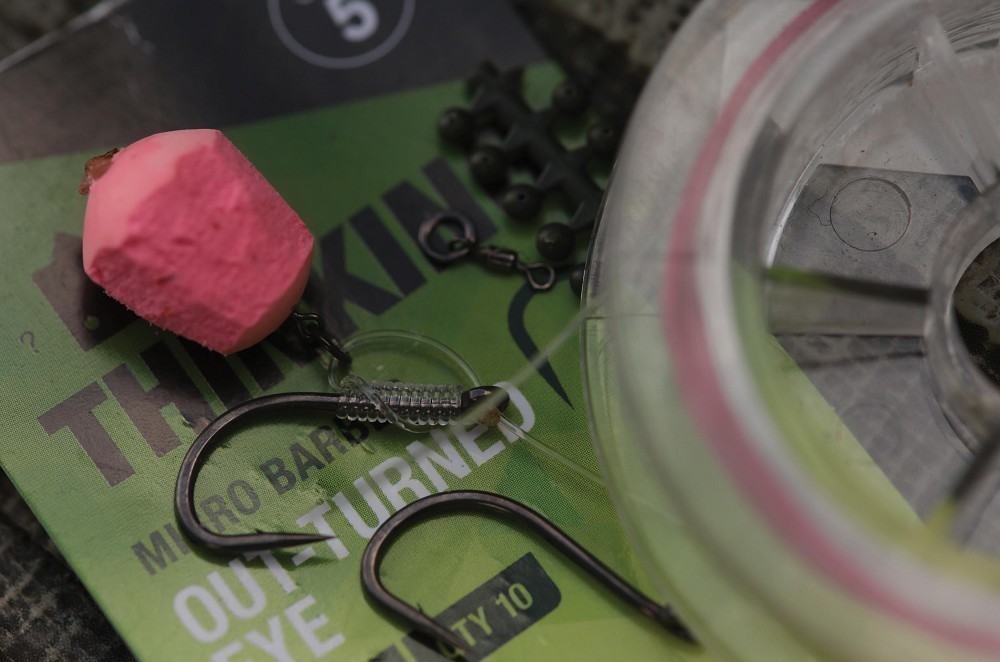 A large, out-turned eye hook and big D, combined with the hook ring swivel gives it plenty of movement
A large, out-turned eye hook and big D, combined with the hook ring swivel gives it plenty of movementThe rig is incredibly quick and easy to tie - which can come in useful if the action is hectic - and I also think the fact that it’s quite different to the rigs the vast majority of people are casting out is massively in its favour. I’d say 80 to 90% (massive guess!) of anglers on your average day ticket lakes are using some kind of coated, stripped-braid presentation, so the stiff ‘D’ set-up gives the carp something really quite different to have to deal with.
3. Carp Food
In terms of bait and baiting situation, I try to keep things simple, but based on a few highly trusted elements. Where possible I’ll use maggot and caster through the colder months; they’re almost unbeatable and where they’re not banned, they’re a massive (if an expensive) edge. In conjunction with those, I like to use pure Manilla crumb and corn, sometimes with a sprinkling of small, Bloodworm pellet as my main go-to mix. The crumb is highly attractive and puts masses of smell into the area, works its way into silt or gravel and makes the carp work long and hard for their food, keeping them feeding in the area for far longer than a mix of bigger baits, but for much less actual bait - six to eight Spombs of pure crumb will keep them feeding for hours. If I’m using boilie, I either heat treat or pre-soak my boilies to give them a swollen, soft appearance and texture, and day ticket carp simply think they’re safer as they’ve been in the water for longer. Especially say, on waters that see introductions of fresh bait every day, a three- to four-day-old boilie will always be the safest… and they definitely know that.
4. PVA Tricks
The only real times I use PVA are on day ticket venues and/or waters where I’m recasting a bit more regularly. On Linear for example, where maggot and caster as such are banned, you can still use them in bags, so regularly recasting with nice big bags has brought me a few bites in difficult conditions on there of late when most other anglers have been struggling. I use GLM powder instead of maize flour to dust my maggot in and keep it in tip-top condition - no self-respecting carp likes a sweaty, ammonia-scented maggot and the GLM gives them a lovely and distinct, natural edge. I also use the GLM to dust my hookbait to dry it off instead of using a towel in-between recasts and to stop any PVA dramas. It’s incredibly quick and easy to do, and a failsafe method that avoids the dreaded hole in the bag from a damp hookbait.
5. Balanced
I’m pretty fanatical about including some kind of balance in my hookbaits, I think many anglers either just go for something straight from the bag or chuck a pop-up on. A balanced bottom bait can be a big edge, especially when fishing over the bits and fine mixes of bait where they’re feeding tight and are hard to the deck. I use a range of small 12 to 14mm pop-ups and depending on their buoyancy, drill a small hole in the bottom and plug them with putty before trimming the sides until I get exactly the right balance for the rig. I like the hook to only just sit flat. That way the buoyancy will set the rig out perfectly, reset in the advent of being disturbed and then be sitting poised and waiting for when it does get picked up.
In the winter months and into spring, I’ll be using a bright one probably, and then from May through until November, more than likely a matching Krill version which I keep lightly glazed in Krill Liquid and then thickly crusted up in GLM and salt - winning summer hookbaits, especially on waters that are getting masses of flouro-bright, and highly concentrated, chemically laced flavoured ones thrown at them.





